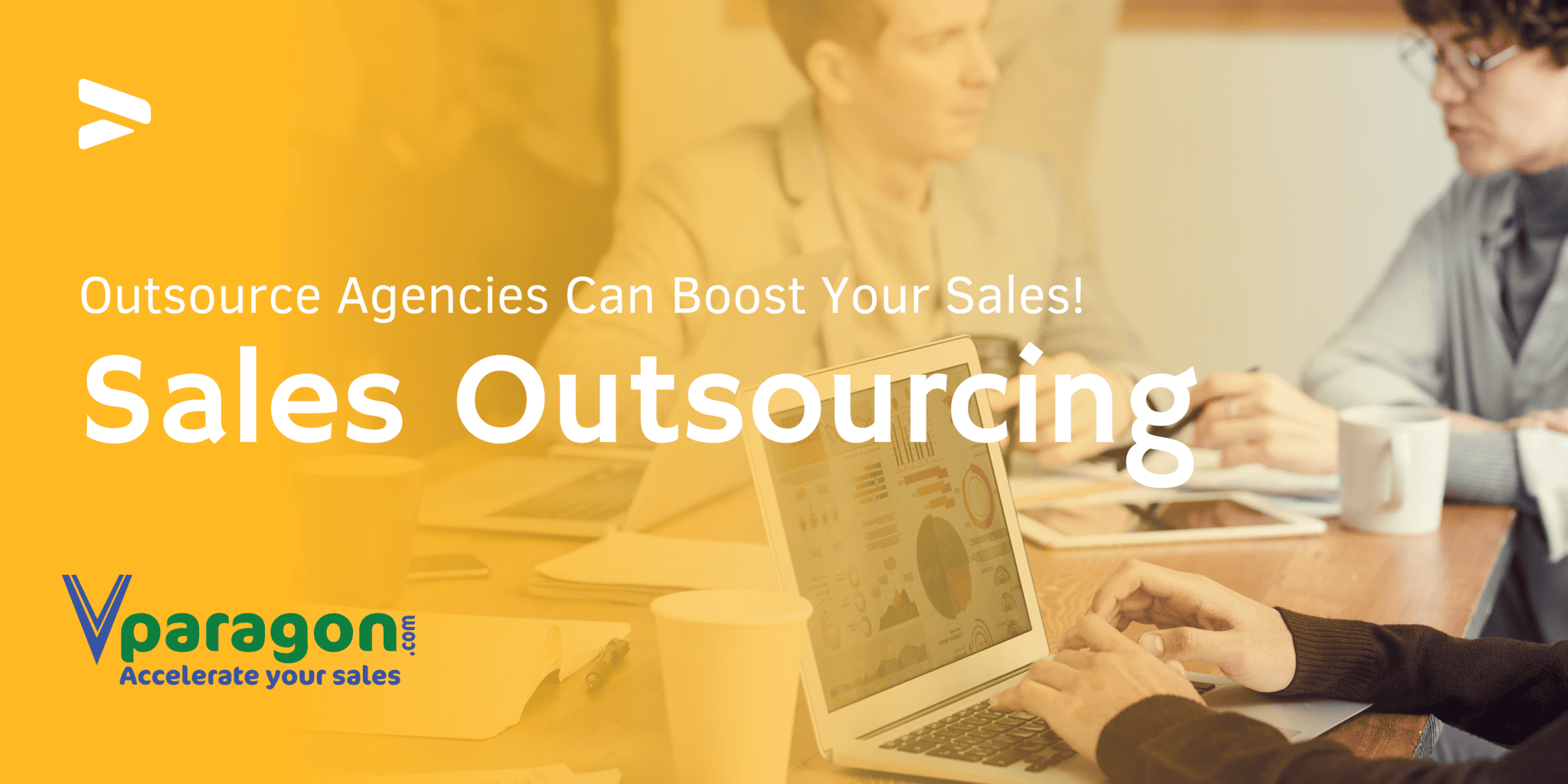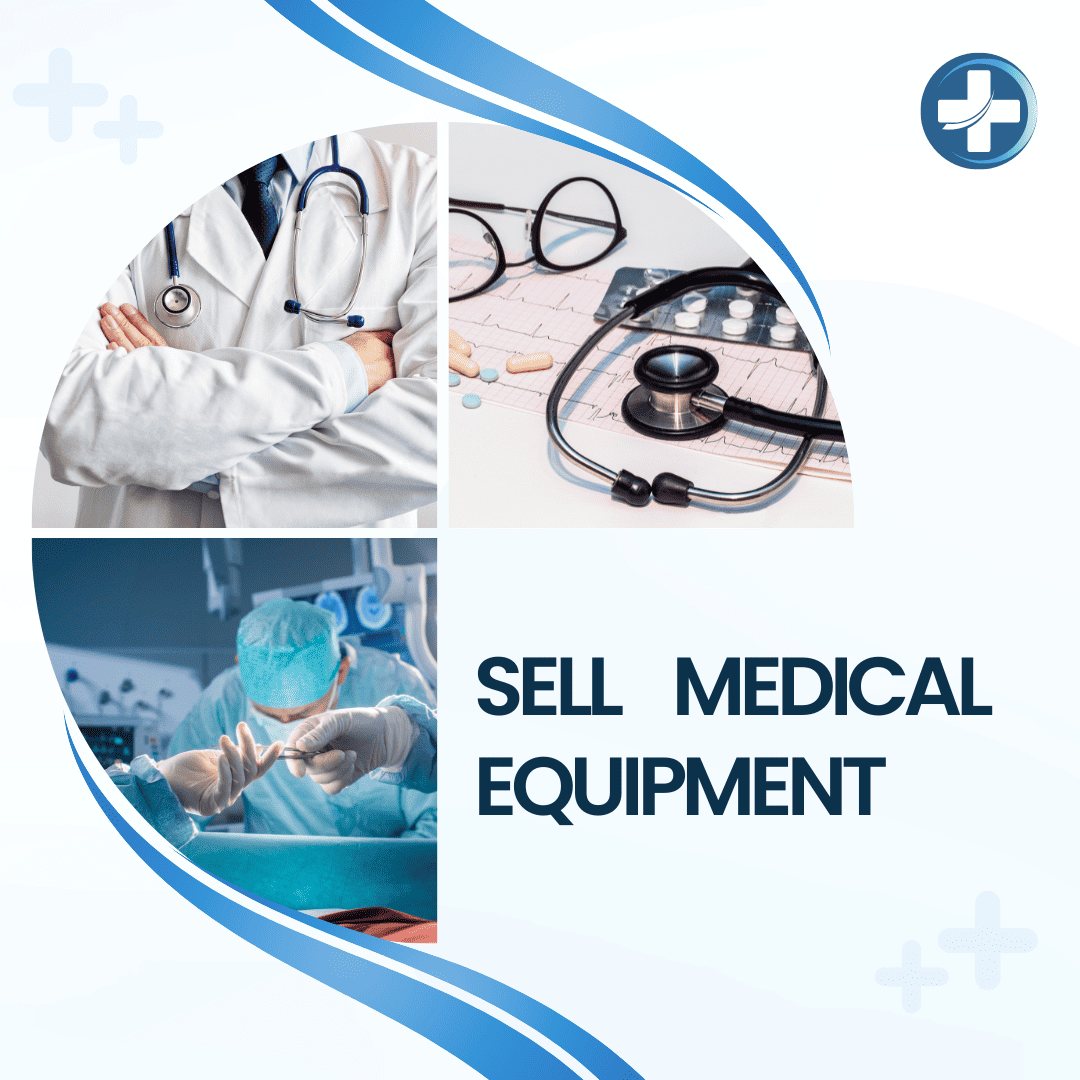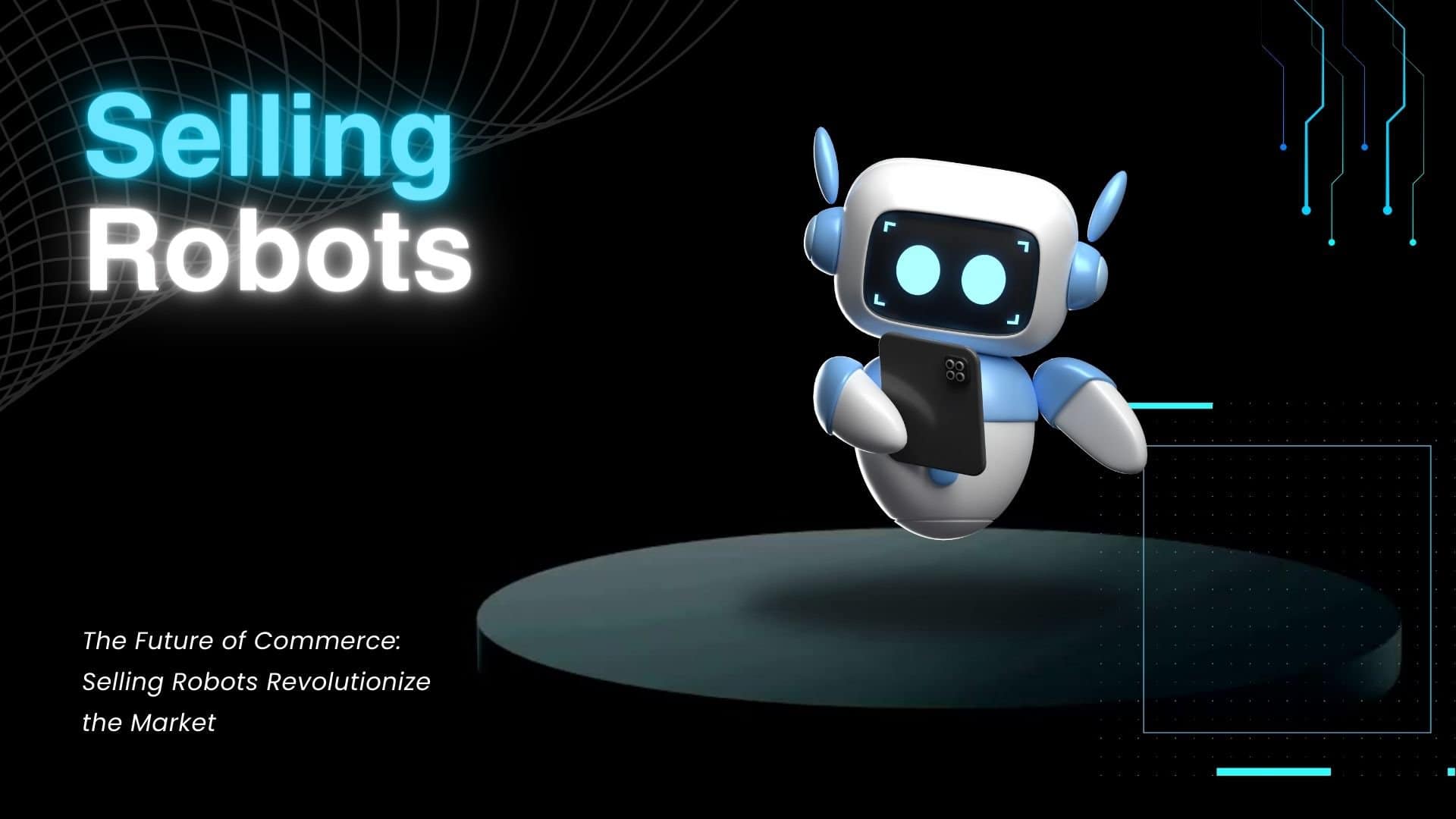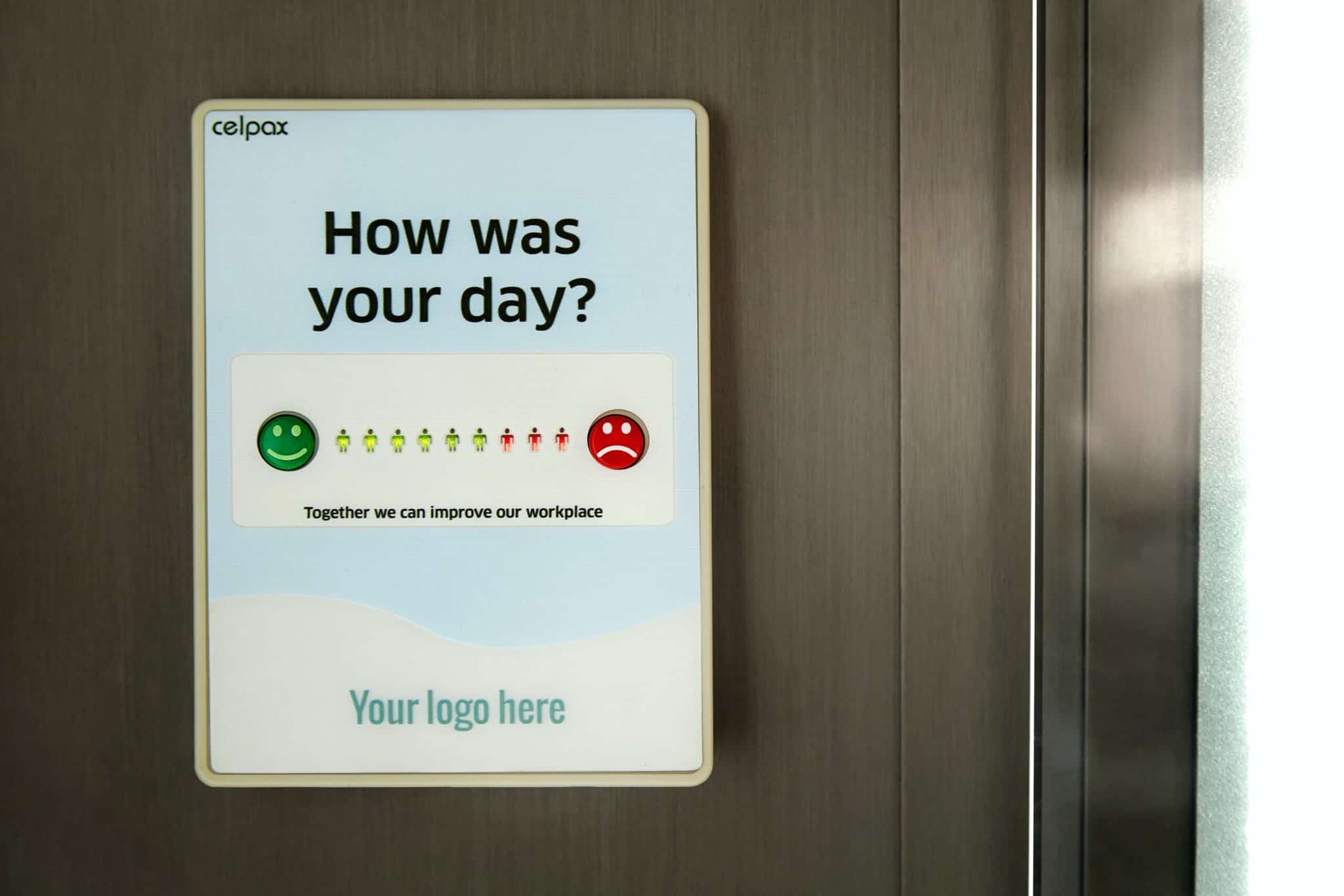The SaaS industry is thriving, which is to say that being a part of it in 2020 is a massive opportunity. Technology is taking over the world, and cloud-based products are quickly gaining traction. As businesses start looking toward automated solutions to scale their operations, the software industry gains more and more customers every day. To top it off, with the pandemic keeping in-person interactions to a minimum, businesses and individuals alike now have to do without one-on-one sales experiences. The major question that might strike to salespersons’ minds is “how to sell software in this pandemic?”
However, selling traditional – more tangible – products is still pretty basic. Customers can visualize the offering, compare its features to alternatives in the market, and then make an informative decision based on it. But when it comes to software, the first question most people ask is: ‘what exactly are you selling?’
Just like it is hard to market services, marketing technology is harder. Consumers are often hazy on the benefits of the product, which means that sales personnel need to do a stellar job if they succeed. Moreover, because of the rising popularity of the software, there’s a tonne of competition around. Sometimes, a product doesn’t need to be amazing to sell millions of copies, and this is the exact reason subpar software companies rake in a lot of revenue. Not because their innovation is revolutionary, but because their salesforce marketing nails lead conversion. If you’re eager to jump on the bandwagon, check out this cheat sheet that tells you how to sell software the right way!
Offer a trial period
The golden rule of selling an intangible offering such as software is the prerequisite trial period preceding full accessibility. Essentially, these are designated days the customer is allowed to use the software and familiarize himself/herself with its functionality without any monetary investment. At the moment, some companies offer free trials when the customer pays for the first month, but most offer it regardless. The reason this is great – rather necessary – is because it encourages the customer to realize the opportunity cost of the product.
Once customers get a ‘taste’ of what they test and see the benefits of what they use, they are more likely to make a purchase. This practice is tried-and-tested; needless to say, it yields results. If anything, it helps drive more leads, which can be later converted if the software impresses the prospect.
Keep the trial period short
Oftentimes, many companies provide unnecessarily lengthy trial periods that do more damage than good. While more time to test something out does sound profitable in theory; in reality, it is the exact opposite. Thus, the sweet spot, when it comes to trial periods, is two weeks. Experts would tell you that it’s the first thing they learned while learning how to sell software.
A customer does not need more than 14 days to make a decision. When a trial is longer, customers don’t even use the software for the first half of the period. Why? Well, because they feel that they have a lot of time to start testing the product out, so they prioritize other things before. It expands the sales cycle, gives way to wasted capital, and reduces the number of leads converted. For any business, particularly one selling solutions online, time is money. Verily, extending the trial period beyond 14 days is always an unwise decision.
Leverage the power of email marketing
Email marketing has been around for quite some time now, and industry experts are always full of praises concerning the tactic – the hype is justified. In the online world, many challenges arise simply because sales personnel cannot meet their prospects in the flesh. So, the best suitable mode of conversation is email.
Today, billions of people worldwide check their messages every day, which only reinforces this form of communication as an indispensable part of the answer to ‘how to sell software.’ Therefore, you must ensure that your email campaign is top-notch. The words, the time, and the format are all vital to seeing results. Such that, you should use a professional – yet human – tone, be consistent, and be punctual to get the ball rolling in your field. And don’t worry, even if your emails land in the customers’ spam/promotion folder, it’s still worth the effort. Many individuals check their spam from time to time, and with Google Mail’s new format, the promotion tab is visible at the top of the primary inbox.
Reach out to those who sign up for your trial
Unfortunately, most sales personnel never think about contacting their trial signups, which is one of the greatest reasons leads fail to convert. And yet, these people are always wondering where they went wrong, trying to figure out how to sell software successfully.
Think about it this way, you’re in an on-site store like Versace, sifting through clothes in a retail store. You’re confused about whether you should spend your money on a certain outfit, so you go to the try-room to check it out thoroughly. It is where a major chunk of shoppers make the final decision. However, the remaining portion still needs some convincing. Now, imagine if a personal shopper was outside the same waiting room, ready to give you more details on the quality of what you were interested in. Your chances of making a purchase go up by a considerable percentage!
Consequently, you need to do the same when it comes to your prospects. Remember, the software is complex, and sometimes, customers need you to reach out and address their queries to ease their decision-making process. In this context, good customer service could literally translate into accelerated sales.
How to sell software? Set higher yet justifiable prices, of course!
Yes, you’ve read that right. While cheap products usually lead to more sales for mainstream products, the software is anything but conventional! Developers spend hours perfecting a single piece of code to maximize functionality or reduce pesky bugs so that their software stands out among a slew of others. Therefore, their hard work is often priced at a higher point.
It is never unusual to come across variants as expensive as hundreds of dollars – it’s literal value for money. Because everyone in the industry does this, the modern customer equates price to quality. That said, you shouldn’t strive to make your value proposition unaffordable. Rather, it should be similar to your competitors’ prices, or more, if you’ve expended the additional elbow grease optimizing its features.
Always follow up
Following up in the 21st century is perhaps the most crucial practice there is because of various reasons. First off, consumers today are more aware than those in the past; they have access to information at all times and everywhere. In the same vein, competition these days is cut throat. Both of these combined lead to overwhelming information overload situations, prompting individuals to discard certain bits of seemingly unimportant information out of their memory.
Your job as an entrepreneur or salesperson is to make sure that your customers appropriately interpret the value of your product. And nothing beats the effectiveness of follow up– the part of the sales funnel that is being overlooked. Therefore, send at least three emails after initial contact and include useful information to reel your customer in with every attempt. Researchers assert that individuals are more likely to sign up for something after a follow-up email rather than the very first one.
The Final Pick
Selling software is drastically different than selling tangible products. Salespersons need to put backbreaking efforts and devise strategies to convert prospects. The competition is rising rigorously, and you need to offer a unique selling proposition with added value to win more customers.








